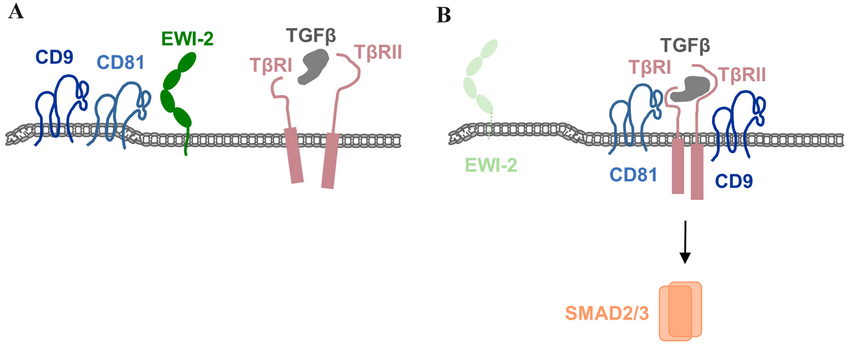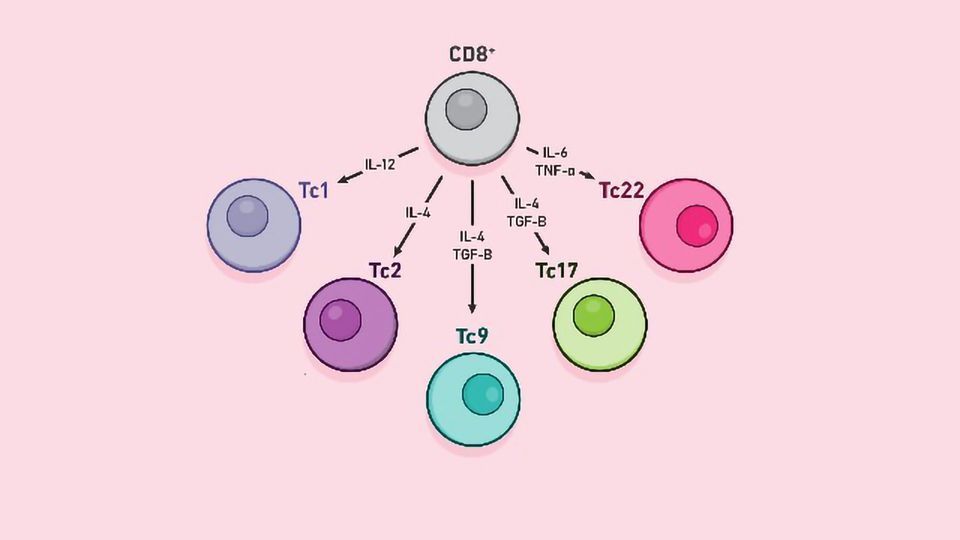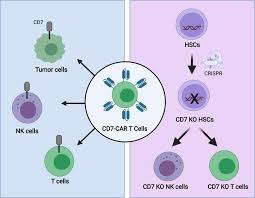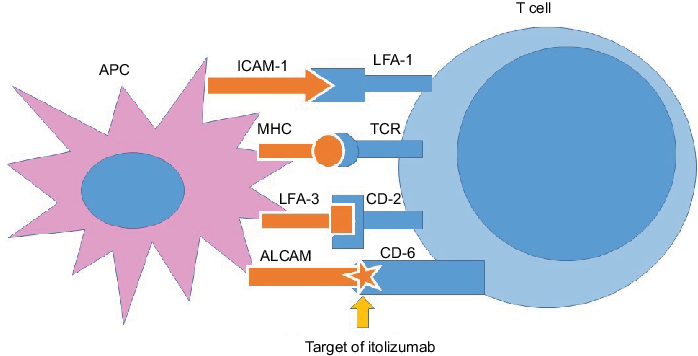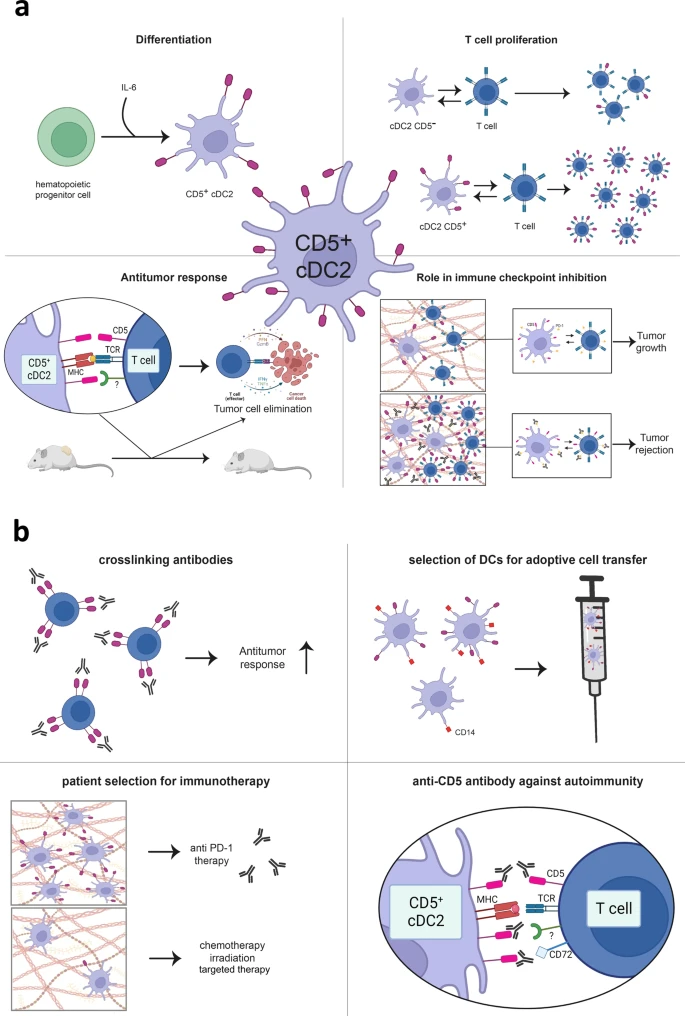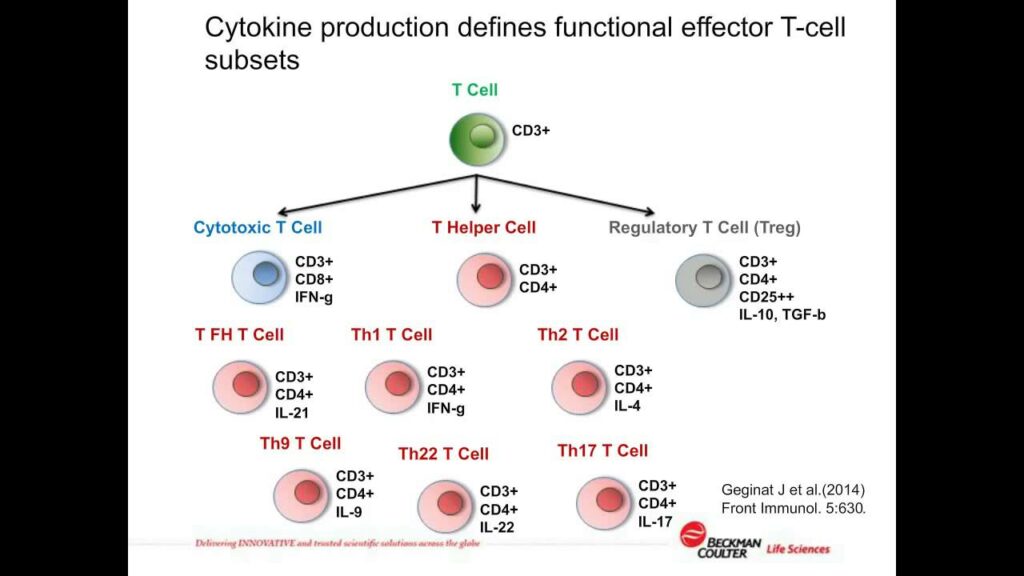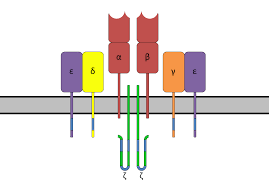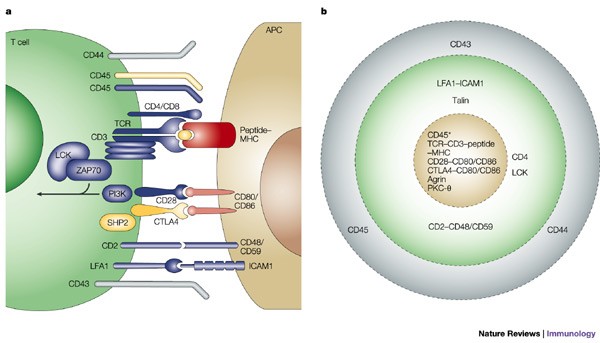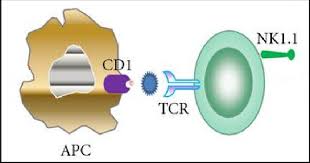Decoding CD10: Its Roles in Cancer, Immunity, and Stem Cell Biology CD10, also known as Neprilysin or Common Acute Lymphoblastic Leukemia Antigen (CALLA), plays critical roles in cancer development, immune regulation, and stem cell biology. Understanding CD10’s functions is essential for researchers aiming to advance diagnostics, treatment strategies, and regenerative medicine. CD10 in Cancer CD10 […]
CD9, also known as Cluster of Differentiation 9, is a member of the tetraspanin family of proteins. This family is characterized by their role in cell signaling, adhesion, and motility. CD9 is found on the surface of various cell types and is involved in a range of cellular processes, making it an important molecule in […]
In the intricate landscape of the human immune system, certain molecules play pivotal roles in identifying and combating pathogens. CD8, also known as Cluster of Differentiation 8, is one such molecule that is crucial for the immune response. This blog post delves into the significance of CD8, its functions, and its importance in medical research […]
CD7 is a transmembrane protein primarily expressed on the surface of T cells and natural killer (NK) cells. It plays a significant role in the regulation and activation of the immune response. As research continues to advance, the importance of CD7 in various immune functions and its potential as a therapeutic target in diseases such […]
The immune system’s complexity and precision rely heavily on the diverse molecules expressed on the surface of immune cells. Among these molecules is CD6, a member of the Cluster of Differentiation (CD) family, which plays a significant role in immune regulation and cellular signaling. In this blog post, we will delve into the functions of […]
The immune system is a complex network of cells and proteins designed to protect the body from harmful pathogens. Among its many components are various cell surface markers known as Cluster of Differentiation (CD) markers, which help identify and characterize different immune cells. One such marker is CD5, which plays a crucial role in the […]
CD4, or Cluster of Differentiation 4, is a glycoprotein found on the surface of immune cells such as T-helper cells, monocytes, macrophages, and dendritic cells. It plays a crucial role in the immune system, particularly in the adaptive immune response. In this blog post, we will explore the significance of CD4, its functions, and its […]
The immune system is a complex network of cells and molecules working together to protect the body from infections and diseases. Among the crucial components of this system are the Cluster of Differentiation (CD) markers, which are proteins found on the surface of immune cells. These markers play essential roles in cell signaling, identification, and […]
Cluster of Differentiation 2 (CD2) is a glycoprotein expressed on the surface of T cells and natural killer (NK) cells, playing a pivotal role in cellular adhesion and immune responses. In this blog post, we delve into the significance of CD2, its functions, and its impact on the immune system. Understanding CD2 CD2 is a […]
The immune system is a complex network of cells and molecules that work together to defend the body against infections and diseases. Among the various components of this system are the Cluster of Differentiation (CD) markers, which play a pivotal role in identifying and classifying different cell types. One such important marker is CD1. In […]


